Precious Vs. Refractory: An Exploration Of Metal Crucibles
Introduction
Metal crucibles are essential instruments in a variety of industrial and laboratory applications. They are used in precision manufacturing and metallurgical processes. In this field, two distinct categories are defined based on specific requirements: precious metals and refractory metals.
In this study we examine the characteristics, applications and benefits of these two branches of crucible technology.
Precious Metal Crucibles: Purity and Precision
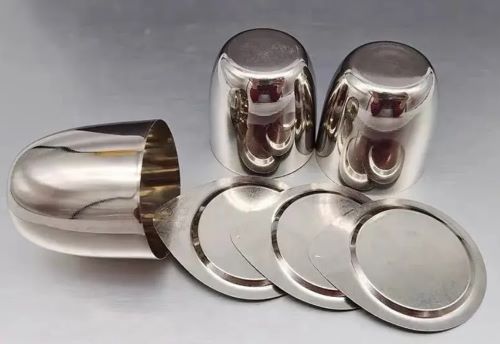
Figure 1. Platinum Crucibles
-Materials and Properties:
Precious metal crucibles are manufactured from metals such as platinum, gold or silver. Precious metals exhibit inherent corrosion resistance and high melting points. These crucibles are designed to maintain material purity and process accuracy.
-Applications:
Precious metal crucibles are employed when high standards of purity and precision are required.
lIn jewellery manufacturing, platinum crucibles are used for casting precious metals in order to avoid contamination.
lLaboratories that require contamination‐free conditions employ precious metal crucibles because of their inert behaviour and reliability.
-Benefits:
The benefits of these crucibles include high thermal conductivity, chemical inertness and resistance to aggressive chemical reactions. In precision applications, even minor contamination may affect outcomes, thereby making high purity a critical factor.
-Types and Applications:
Precious metal crucibles are utilised in various industrial and laboratory environments. The following lists detail the applications for each type:
lUsed in analytical chemistry for gravimetric analysis and high-temperature reactions;
lEmployed for melting and alloying at elevated temperatures;
lOperates at temperatures up to 1 200°C (2 192°F);
lMaintains structural integrity at higher temperatures;
lExhibits chemical inertness;
lResistant to oxidation in air;
2. Gold Crucibles:
lEssential in the jewellery industry for melting and casting gold alloys;
lEmployed in materials science research, particularly for high-temperature reactions and materials synthesis;
3. Other Precious Metal Alloys:
lPalladium Crucibles: Employed in certain laboratory and industrial processes, similarly to platinum crucibles;
lIridium Crucibles: Used in high-temperature applications and specialised research;
Refractory Metal Crucibles: Withstanding Extreme Conditions
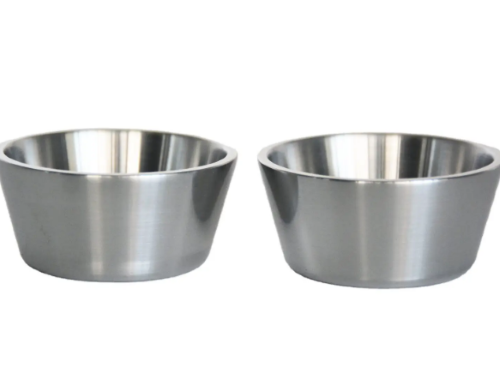
Figure 2. Molybdenum Crucibles
-Materials and Properties:
In contrast to their precious metal counterparts, refractory metal crucibles are forged from metals such as tungsten, molybdenum or tantalum. Refractory metals possess high melting points and exhibit significant mechanical strength. These properties enable them to withstand extreme temperatures and harsh conditions.
-Applications:
These crucibles are used in sectors where resistance to severe conditions is imperative.
lIn metallurgy, refractory metal crucibles are utilised for processes involving molten metals. They withstand the demanding conditions of melting and casting.
lIndustries such as electronics and research operate with aggressive chemicals and high temperatures, and they make use of these crucibles.
-Benefits:
Refractory metal crucibles offer resistance to high temperatures, wear and corrosion. They are suitable for processes that involve molten metals or aggressive chemical reactions.
-Types and Applications:
Crucibles made from high-melting-point metals are employed across various industries. The following details the applications of each type:
lWell suited for melting and casting metals at high temperatures in metallurgical processes;
lUsed in the production of single crystals;
lEmployed in chemical reactions, materials synthesis and other laboratory procedures requiring corrosion resistance;
lUsed in the manufacture of superalloys for the aerospace industry, given that specific performance standards must be met;
lUtilised in technical high-temperature processes;
lFunctions as an alloying agent for specific steels;
lEmployed in processes that require high-temperature melting, for example in the manufacture of specialised alloys and single crystal growth;
lUsed for vacuum heat treatment;
lOperates at temperatures up to 450°C (842°F);
lEffective for melting with sodium carbonate or sodium peroxide;
lIn many cases, it serves as a replacement for platinum;
lCost effective for high throughput compared to steel and porcelain;
lResistant to mixtures of alkali, carbonate hydroxide, peroxide borate, nitrates and certain fluorites;
lResistant to nitric acid and sulphuric acid below 75%;
lNot resistant to hydrofluoric acid (HF);
6. Nickel Crucibles:
lUsable at temperatures up to 800°C (1 472°F);
lUtilised for research, experiments, chemical analyses, tests, quality control and education;
lEmployed for single crystal growth of rare-earth elements and gemstones;
lUsed as a vessel for corrosion protection, core reactions and ultra-high evaporation processes;
Selecting the Appropriate Crucible: Precision or Resistance
The decision between precious metal and refractory metal crucibles is determined by the specific requirements of the intended application. Each type is better suited to particular scenarios based on its inherent properties.
1. Precision and Purity: The Domain of Precious Metals
In applications where accuracy and material purity are critical, precious metal crucibles are preferred.
lJewellery manufacturers utilise platinum crucibles for casting detailed designs, thereby reducing the risk of contamination.
lLaboratories engaged in analytical chemistry adopt these crucibles in order to minimise contamination during meticulous experiments.
2. Resistance in Extreme Conditions: The Realm of Refractory Metals
Industrial sectors that operate at extreme temperatures and with aggressive chemicals make use of refractory metal crucibles.
lMetal melting and casting processes require crucibles that can withstand high temperatures. Consequently, refractory metals meet these demands.
lIn research and development, high-melting-point metals are used for studies in aerospace components and advanced materials, given that strict performance criteria apply.
Further Reading: What Material Is a Crucible Made Of?
Conclusion
In summary, the selection between precious metal and refractory metal crucibles depends on the specific requirements of the application. Precious metal crucibles are employed where material purity and process accuracy are essential. Refractory metal crucibles are utilised when high temperatures and aggressive chemical reactions are involved.
Stanford Advanced Materials (SAM) supplies high‐purity crucibles. On our website, you will find a range of laboratory crucibles. Each crucible type exhibits distinct properties and benefits. Please visit our homepage to identify the crucible that meets the requirements of your research or enterprise.

 Bars
Bars
 Beads & Spheres
Beads & Spheres
 Bolts & Nuts
Bolts & Nuts
 Crucibles
Crucibles
 Discs
Discs
 Fibers & Fabrics
Fibers & Fabrics
 Films
Films
 Flake
Flake
 Foams
Foams
 Foil
Foil
 Granules
Granules
 Honeycombs
Honeycombs
 Ink
Ink
 Laminate
Laminate
 Lumps
Lumps
 Meshes
Meshes
 Metallised Film
Metallised Film
 Plate
Plate
 Powders
Powders
 Rod
Rod
 Sheets
Sheets
 Single Crystals
Single Crystals
 Sputtering Target
Sputtering Target
 Tubes
Tubes
 Washer
Washer
 Wires
Wires
 Converters & Calculators
Converters & Calculators
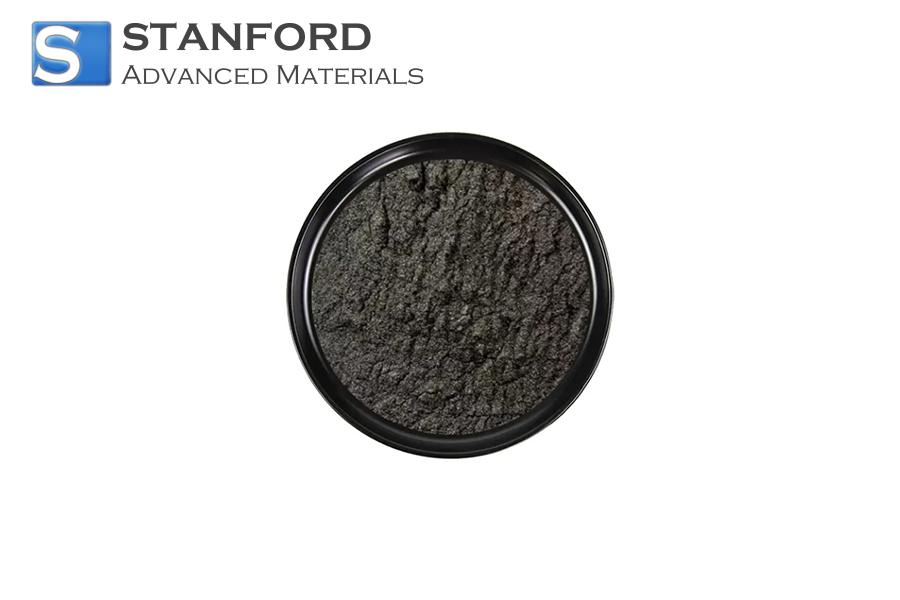
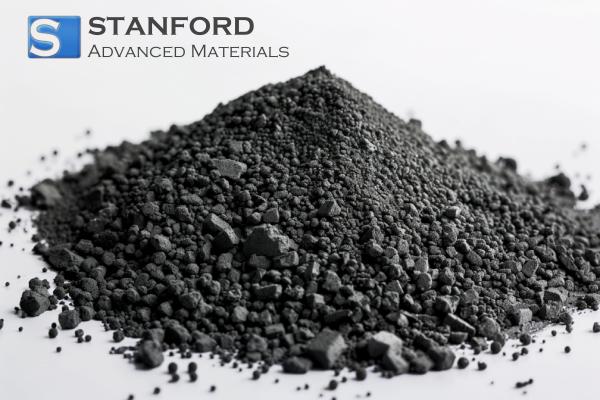
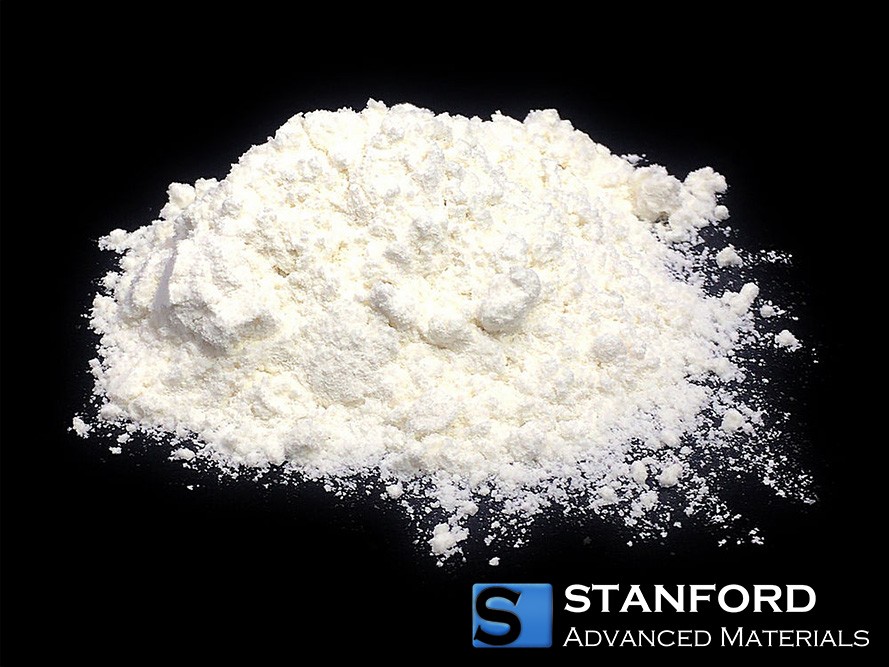
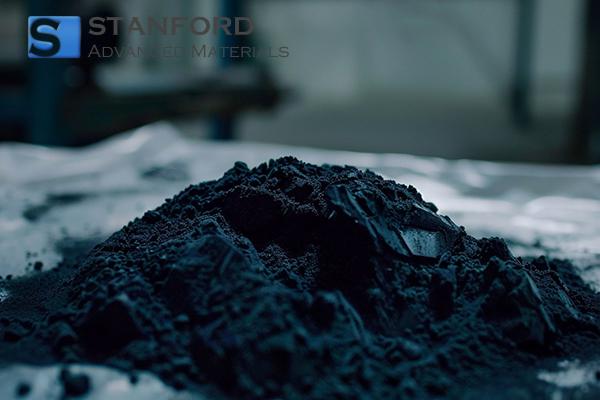
 Chin Trento
Chin Trento



